Reviews
Robert F. Slatzer
USA, 1970
Credits
Review by David Carter
Posted on 05 October 2012
Source Cheezy Flicks DVD
Categories 31 Days of Horror IX
When the first European settlers arrived in North America they brought a rich tradition of folklore. The import of such mythology meant that vampires and werewolves would have a place in the fears of the new world. Unbeknownst to these settlers, however, was the knowledge of a hirsute and evasive creature lurking in the wilds of what would become the United States and Canada: the Sasquatch. Known under a variety of regional names but commonly called “Bigfoot,” the creature, according to native North Americans, was either a ferocious predator or a gentle nature spirit, but all concurred on the beast’s inherent elusiveness. Sightings of the creature date into the 1800s, but a debate persists as to what Bigfoot actually is: the fabled “missing link,” an undiscovered species of ape, or simply an endless stream of misidentifications and hoaxes. What is certain is that as one of the only monsters indigenous to North America, the Bigfoot has been woefully underrepresented in American horror cinema. On Fridays throughout the coming month we’ll be taking a look at some of the high and low lights of Sasquatch cinema.
Few actors were as prolific as John Carradine, and the only likely contenders would be other members of Carradine acting family. Beginning in the late 1950s, John Carradine became notorious for accepting practically every role he was offered, most of which were low budget horror films, and by the 1970s Carradine was more closely associated with cheap rubber-masked monsters and fake blood than he was with his star making performance in The Grapes of Wrath. 1970’s Big Foot was much like dozens of other Carradine projects in the seventies: a gimmicky quickie that arrived on and left the drive-in circuit with little fanfare. While not a shining moment in John Carradine’s career, Big Foot has the distinction of being the first horror movie to feature the Sasquatch as its monster.
Carradine anchors the film as Jasper Hawkes, a Southern traveling salesman who has made his way west with his associate Elmer (John Mitchum, Robert’s older brother). Radiator trouble leaves the pair stranded on the roadside for a time, but they make a hasty retreat after Elmer finds a massive footprint on the banks of a creek. High above them, the beautiful Joi is having engine troubles of her own and is forced to parachute to safety when her Cessna loses power. Joi lands on a heavily wooded mountainside, and she barely has time to get her bearings before she’s grabbed by a pair of large, hairy arms.
Meanwhile, a curiously well-mannered and clean-cut biker gang cleans out a small general store’s supply of beer and junk food. A pair of young lovers, Rick and his girlfriend Chris, break away from the group to have some alone time and stumble upon a giant, ape-like creature buried in a shallow grave, but surprisingly don’t seem very concerned about it and have a picnic nearby. Rick leaves to make some tune-ups to his bike when he’s attacked and knocked unconscious by a creature similar to the one in the grave. Upon waking, he finds Chris gone and he rushes back to town to report the incident. Due to his outsider status, he finds few willing to listen to his tale, despite the fact that they all agree they’ve heard of similar attacks by large monsters recently. Jasper listens to Rick, however, and he believes the monster the young man saw to be the legendary Bigfoot. Jasper and Elmer offer to help Rick find Chris, knowing that the capture of a such a monster will make them both millionaires.
Big Foot is an anomalous film for 1970. It is a firmly PG affair at a time when horror and exploitation cinemas were routinely pushing boundaries, be it Hammer’s gory updates of classics, the European cycle of erotic horrors, or drive-in shockers such as I Drink Your Blood or the films of HG Lewis.
Big Foot instead takes its inspiration from an earlier time and has much in common with horror cinema of the 1950s, and this thought is furthered in its production value. Very few scenes were shot on location, and the overwhelming majority of the “outdoor” footage takes place on glaringly obvious sets. The cheapness of the production, when coupled with stars from previous decades and frequent allusions to King Kong, would have made the film seem antiquated to audiences upon release and was likely a contributing factor to the film’s lack of commercial success.
Considering Big Foot as a continuation of the American horror cycle from the fifties opens the film up to a more intriguing interpretations. Most of the standard tropes of the genre are present - juvenile delinquents, unconcerned law enforcement, a remote small town - which suggests that the similarities were intentional. Fifties horror was primarily concerned with otherworldly creatures and giant animals, and these monsters invariably represented the specters of atomic war, Communism, or mankind’s hubris. What then does Big Foot’s cryptozoological antagonist represent?
The most likely metaphor at work in the film is that Bigfoot represents an internal, social threat rather than an external, political threat as in the atomic horrors—fear of the outsider within our midst. This can alternately be interpreted along racial or class lines, and readings where Bigfoot represents African-Americans, Native Americans, or hippies and political dissidents are equally valid. Bigfoot essentially represents anyone who was not a part of the white middle-class referred to as the “Silent Majority” by Nixon and enshrined as “Man of the Year” by Time magazine in January 1970. This is best seen in the type of threat that the creature represents. The film’s exclusively white male heroes are not in physical danger from the beast, but rather are faced with a socio-sexual threat. Bigfoot has kidnapped Joi and Chris to mate with them, planning to create a “hybrid” race of creatures because he is the last of his kind. The Bigfoot threatens to usurp their dominance and steal their women, literally and figuratively rendering them impotent, and the males - bikers, police, and townspeople acting in unison - destroy the creature violently when given the first opportunity.
Despite the film’s limited budget it remains surprisingly true to famous Bigfoot encounters and contemporaneous scholarship on the subject. The film’s storyline of a Bigfoot family is drawn from Albert Ostman’s 1957 claim to have been abducted in 1924 by a mother-father pair of Sasquatches and their children. Ostman’s story was famous enough to have become the subject of an R. Crumb comic (“Whiteman Meets Bigfoot”) in 1971, meaning that the legend had some degree of cultural currency at the time. Elmer’s discovery of a large footprint is reminiscent of Raymond Wallace’s 1958 discovery of the same, a story later revealed to be a hoax but the genesis of the Sasquatch’s “Bigfoot” nickname. Most importantly, the suit design of the Bigfoot is based on the controversial Patterson-Gimlin film from 1967, and the filmic Bigfoot even mimics that creature’s familiar gait.
Big Foot is a prime example of the type of disposable cinema that was ubiquitous in drive-ins throughout the South and Midwest. Its distinction as the first Bigfoot film is the only thing saving it from complete obscurity, helped undoubtedly by the renewed modern interest in the cryptid as a result of increased television exposure. It is a far more intriguing work than the average drive-in fare, however. Although I regard the film’s social commentary as both indirect and unintentional, it is an important film in spite of itself, representing both a pop culture milestone and a subtle but surprisingly harsh critique of prevailing social paradigms.
More 31 Days of Horror IX
-
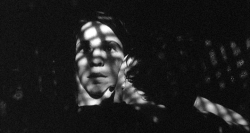
The Addiction
1995 -

Psycho III
1986 -
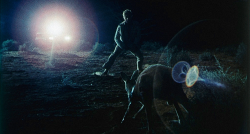
Wake in Fright
1971 -

Blacula
1972 -
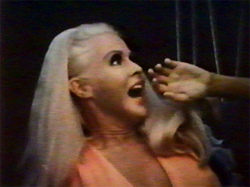
Big Foot
1970 -
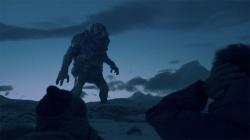
Trollhunter
2010 -
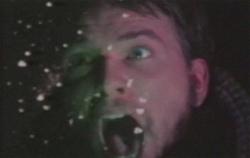
Invasion from Inner Earth
1974 -
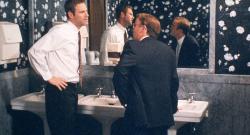
In the Company of Men
1997 -

Happy Birthday to Me
1981 -

I Drink Your Blood
1970 -
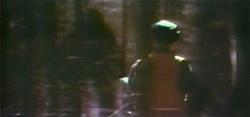
The Legend of Boggy Creek
1972 -

Maximum Overdrive
1986 -
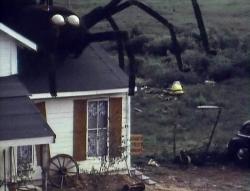
The Giant Spider Invasion
1975 -

Ganja & Hess
1973 -
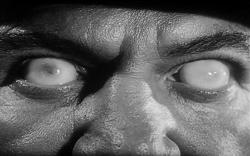
Not of This Earth
1957 -

Let’s Scare Jessica to Death
1971 -
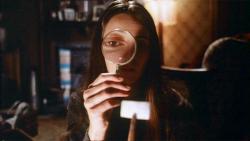
Next of Kin
1982 -
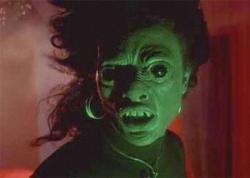
Def by Temptation
1990 -
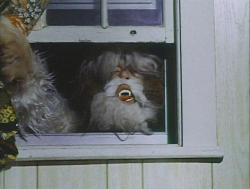
Shriek of the Mutilated
1974 -
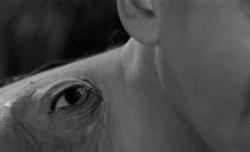
The Manster
1959 -
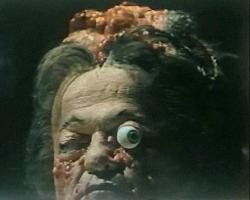
The Alpha Incident
1978 -

The Bride
1985 -
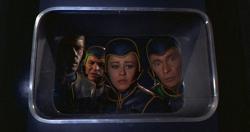
Planet of the Vampires
1965 -

The Hole
2009 -
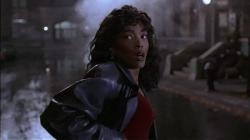
Vampire in Brooklyn
1995 -
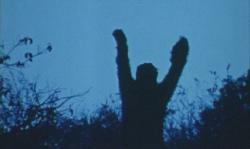
Sasquatch: the Legend of Bigfoot
1977 -

Mad Love
1935 -
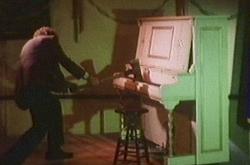
The Demons of Ludlow
1983 -

Habit
1997 -

Elephant
1989 -
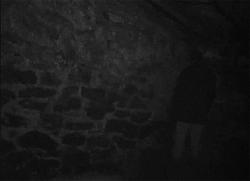
The Blair Witch Project
1999
We don’t do comments anymore, but you may contact us here or find us on Twitter or Facebook.



